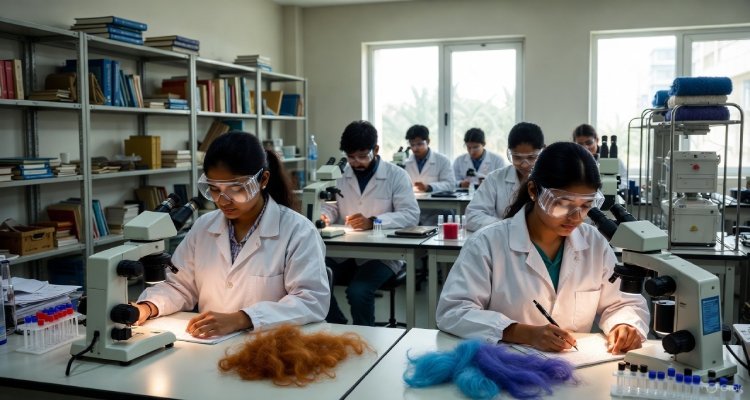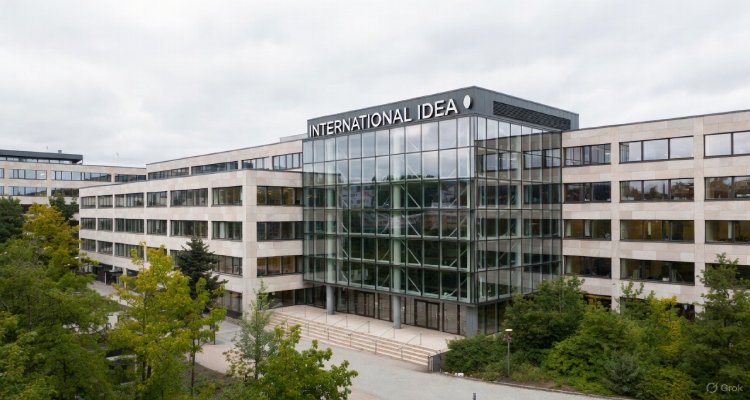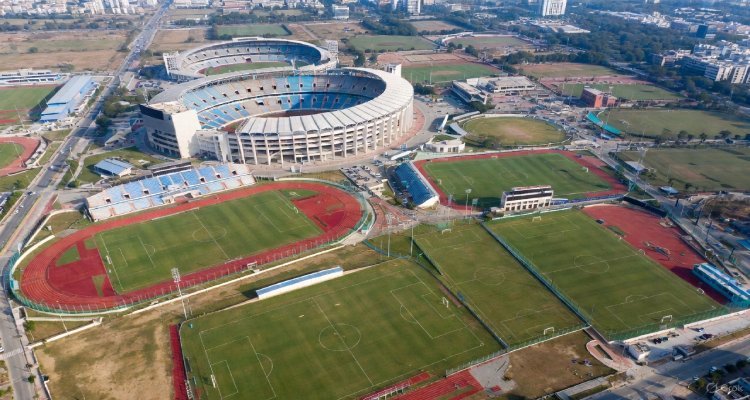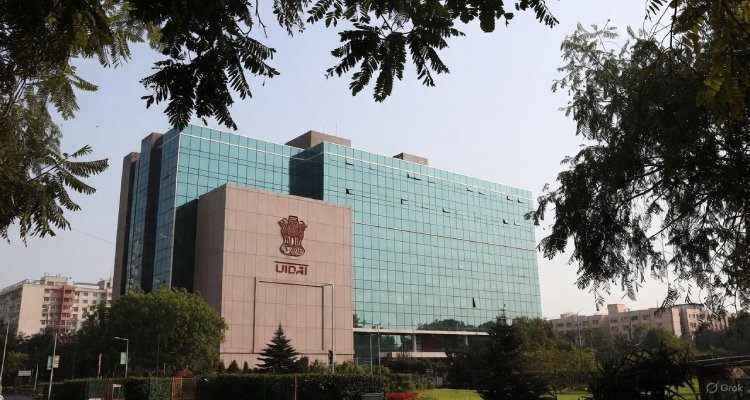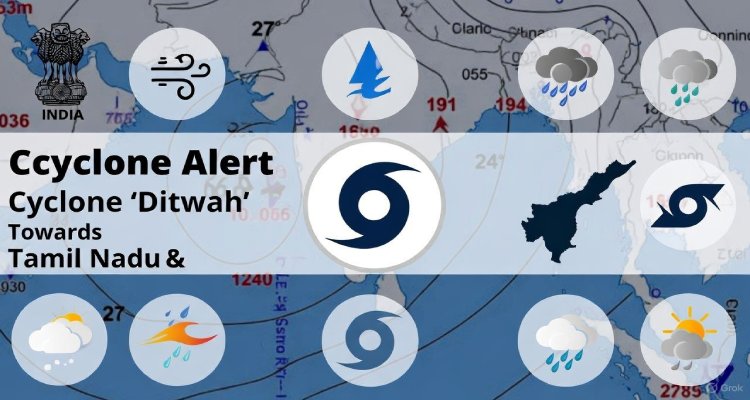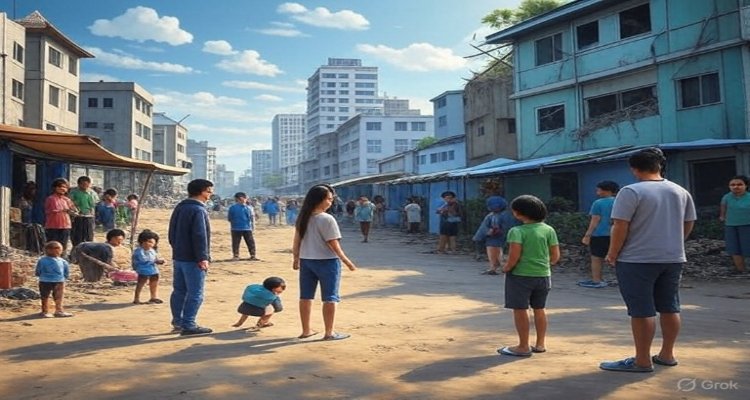Why Disaster Zones Are the Newest Holiday Hotspots
“Disaster zones are emerging as unique holiday destinations, driven by curiosity, educational motives, and recovery efforts. Discover the developments, implications, and expert views behind this controversial tourism trend.”
Disaster zones, once synonymous with tragedy and loss, are increasingly attracting adventurous travelers seeking meaningful and unconventional holiday experiences. This trend, rooted in curiosity, empathy, and a desire for authenticity, has turned some of the world’s most notorious disaster sites into unlikely tourist hotspots, sparking debate among experts, local communities, and public officials about the ethics, impact, and future of such “dark tourism.”nationalgeographic+2
Introduction: The Allure of Tragedy
Once deserted and viewed as wastelands, disaster zones from Chernobyl to Aceh and New Orleans are now seeing a surge of visitors keen to witness history firsthand. Today’s travelers increasingly seek out places marked by catastrophe for reasons that span education, empathy, and the thrill of confronting the unexpected. This phenomenon, often called “disaster tourism,” raises pressing questions: What attracts travelers to these sites? Does their presence help or hurt recovery? And what does it mean for the communities who survived the disaster?thesolofemaletravelernetwork+3
Context & Background: Roots of Disaster Tourism
Disaster tourism is the practice of visiting locations where natural or human-made calamities have occurred. The trend first gained global attention when Chernobyl opened its gates to tourists; since then, destinations like the Aceh Tsunami Museum and New Orleans — rebuilt after Hurricane Katrina — have become case studies in post-disaster tourism development. The reasons for visiting are complex: some people are driven by curiosity, some by a need to honor victims, and others by an interest in seeing authentic places “untainted” by mass tourism.wikipedia+7
Main Developments: Why Are Disaster Zones Turning into Holiday Spots?
The appeal of disaster sites is multi-layered:
-
Education and Awareness: Seeing the reality of a tragedy in person can be a deeply educational experience that builds awareness and empathy.outsideonline+2
-
Authenticity: Travelers increasingly crave genuine experiences — wanting to step into history rather than watch it from afar.women-on-the-road+1
-
Recovery Incentives: In many cases, tourism fuels economic recovery, helps destinations “bounce back,” and creates jobs for locals while diversifying the economy.gstc+2
-
Memorialization: Visiting can be part of honoring the victims, with places like tsunami memorial parks serving as sites for reflection and learning.pmc.ncbi.nlm.nih+2
-
Thrill and Adventure: Some visitors are simply drawn to danger, novelty, or the sensation of defying adversity.sciencedirect+1
Following disasters, local governments and tourism boards often face a dilemma: re-opening too soon can strain resources, while waiting too long may delay essential economic recovery. Strategic media and marketing — restoring a location’s image while highlighting areas safe for tourism — are key to catalyzing a comeback.gstc+1
Expert Insight & Public Reaction
Professional views on disaster tourism are divided. Proponents argue that when managed responsibly, it can support rebuilding efforts, memorialize tragedy, and educate the public. For example, Olivia Cryer of The Conscious Travel Foundation emphasizes the role of travelers in “fueling recovery and diversifying local economies”. Similarly, community leaders in Aceh see their tsunami museum as a source of both education and recreation, embodying resilience and collective memory.sciencedirect+2
However, critics warn of ethical pitfalls — from intruding on grief, re-traumatizing residents, or exploiting tragedy for entertainment. There is also the risk of “rubbernecking,” where curiosity tips into voyeurism, and the experience becomes another tourist attraction between beach visits and restaurant outings.thesolofemaletravelernetwork+2
Public sentiment is equally nuanced: some believe visiting disaster zones spreads awareness and supports locals, while others fear it may trivialize suffering or commodify trauma. Responsible travel agencies now advise tourists to approach these destinations thoughtfully, respect local customs, and avoid insensitive behavior.outsideonline+1
Impacts & Implications
The implications of disaster tourism are broad:
-
Economic Recovery: Tourism can restore livelihoods and help communities rebuild ‘better,’ providing not just financial support but also international attention and solidarity.sciencedirect+3
-
Community Healing: Properly designed museums and memorials can foster healing, reflection, and education for both residents and visitors.pmc.ncbi.nlm.nih+1
-
Environmental & Social Risks: Over-tourism, inadequate infrastructure, and insensitive visitor conduct can exacerbate local challenges, strain resources, and sometimes hinder recovery.iasscore+1
-
Long-Term Shift in Tourism: Disaster zones that embrace remembrance, education, and sustainable development are redefining what it means to be a tourist destination in the 21st century.nationalgeographic+2
With disaster tourism poised to grow, stakeholders stress the need for community-led, ethically managed tourism models. Destinations that listen to local voices, protect vulnerable populations, and ensure respectful engagement are more likely to thrive.sciencedirect+1
Conclusion: Navigating the Future of Disaster Tourism
Holidaying in disaster zones is no longer a niche pursuit; it is part of a wider shift toward conscious, experience-driven travel. As demand rises, the industry faces urgent questions about ethics, safety, and sustainability. Will travelers help heal wounded landscapes, or merely commodify tragedy for their own gain? The answer depends on thoughtful policies, resilient communities, and visitors willing to be more than tourists: to witness, support, and remember.nationalgeographic+2
Disclaimern :This article is for informational and educational purposes only. Travelers are encouraged to research local conditions and follow ethical guidelines when visiting sites affected by disasters.



